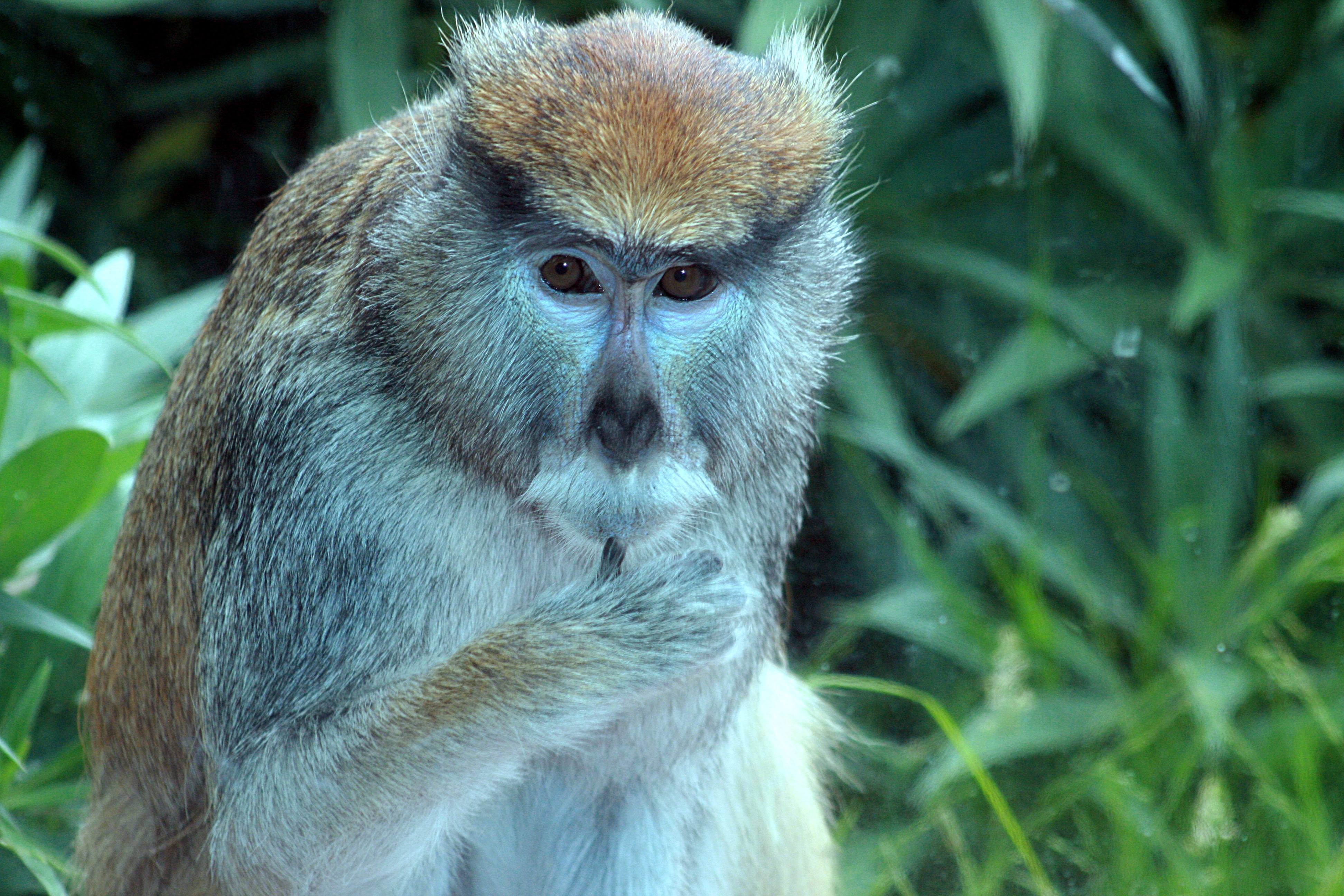Animals of the Sahel
The Sahel is not especially rich in species. In ealier times this was different. Big herds of antelopes, zebras and gazelles roamed the region between the sahara and the savanna. However, today it does possess a large area of protected land. In these national parks most of the endangered wildlife of the Sahel is protected.

Gazelles and Antelopes
The dama gazelle and the dorcas gazelle were all formerly widespread. The dorcas gazelle is sleek and graceful. Many predators prey on gazelles, so the Dorca gazelle has evolved to avoid them in impulse. When a wild dog or cheetah approaches, the gazelle will automatically jump. This is known as "stotting". It gets the gazelle out of immediate danger and it demonstrates the gazelle's speed and reflexes to the predator, hopefully discouraging it. But also, it alerts other gazelles that a predator is approaching. If the gazelle is forced to run, it can achieve 70 kilometers per hour!
The Predators of the Sahel
The Cheetah
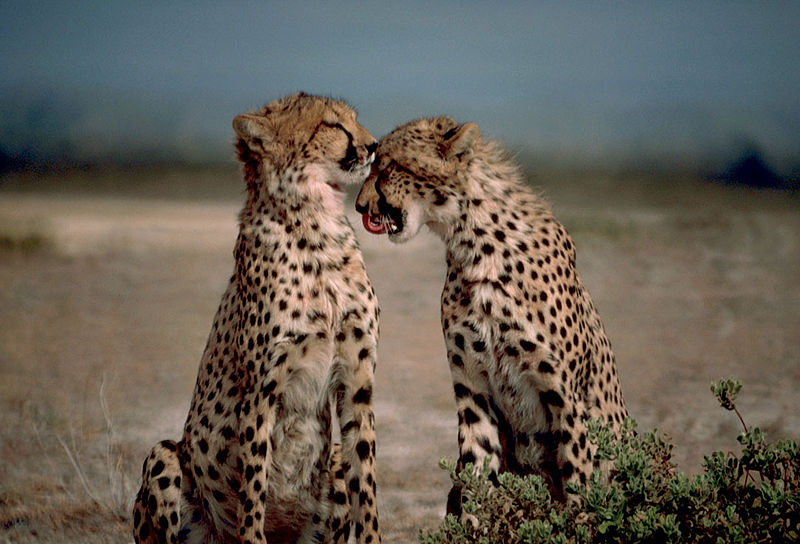 Cheetahs are the fastest mammal on land. They can reach speeds of 100 kilometers an hour over short distances. After a chase, a cheetah needs half an hour to catch its breath before it can eat. Cheetahs live and hunt mainly in open grasslands. They are hard to see because their spotted coat blends with the tall, dry grass of the plains. Cheetahs eat small- to medium-size animals, such as hares, impalas, and gazelles. Cheetahs today are racing toward extinction. Loss of habitat and declining numbers of their prey combine to threaten the future of these cats
Cheetahs are the fastest mammal on land. They can reach speeds of 100 kilometers an hour over short distances. After a chase, a cheetah needs half an hour to catch its breath before it can eat. Cheetahs live and hunt mainly in open grasslands. They are hard to see because their spotted coat blends with the tall, dry grass of the plains. Cheetahs eat small- to medium-size animals, such as hares, impalas, and gazelles. Cheetahs today are racing toward extinction. Loss of habitat and declining numbers of their prey combine to threaten the future of these cats
Hyenas
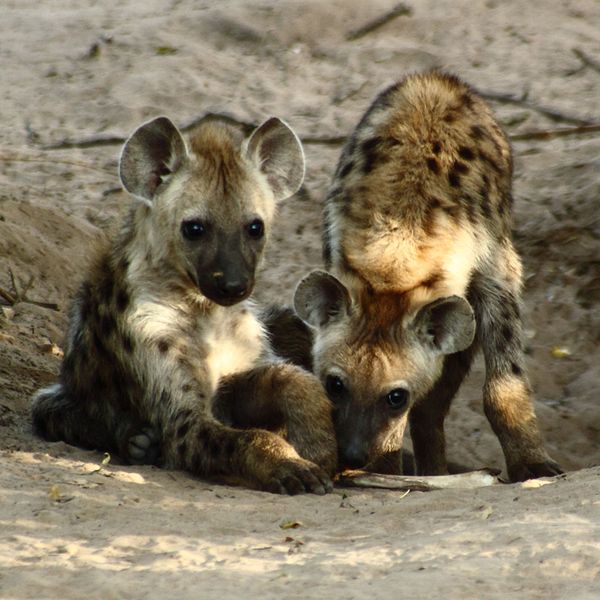
Apes and Baboons
The hussar monkey is a ground dwelling monkey. He does not like to climb on trees nor does he like to live in the woods. Hussar monkeys live in female groups of up to 60 individuals. Usually just one adult male lives with the group. The adult females in the group initiate movement of the group with the male following their lead. They cope very well with the harsh conditiones in the sahel zone. They feed on insects, gum, seeds, and tubers. If females struggle over limited food, soon after they reconcile with each other by sitting together and grooming.
Baboons
 Baboons live in groups of then up to 200 individuals. They are easily distinguished from other monkeys because they are large, with a squarisch muzzle, rather like most dogs. These highly intelligent monkeys have an organized social life in their troops. Whether nesting, feeding or on the move, the dominant males, mothers and young stay in the center of the troop. The weaker males, females without young and juveniles feed or play around them, acting as sentinels. On Safari, wait for them at a waterhole. It is fascinating to watch them drink. First, the dominant males will climb trees, from which they look for danger. If there is none, they remain silent, and the rest of the troop quickly approach the water. If there are antelopes waiting, which have been too nervous to drink, they will follow the baboons to the water's edge and also drink.
Baboons live in groups of then up to 200 individuals. They are easily distinguished from other monkeys because they are large, with a squarisch muzzle, rather like most dogs. These highly intelligent monkeys have an organized social life in their troops. Whether nesting, feeding or on the move, the dominant males, mothers and young stay in the center of the troop. The weaker males, females without young and juveniles feed or play around them, acting as sentinels. On Safari, wait for them at a waterhole. It is fascinating to watch them drink. First, the dominant males will climb trees, from which they look for danger. If there is none, they remain silent, and the rest of the troop quickly approach the water. If there are antelopes waiting, which have been too nervous to drink, they will follow the baboons to the water's edge and also drink.
Snakes and Vipers
In the Sahel zone and in the forests of Westafrika there live quite a lot of snakes and vipers. Some of them are very dangerous to humans because of their potent venom.
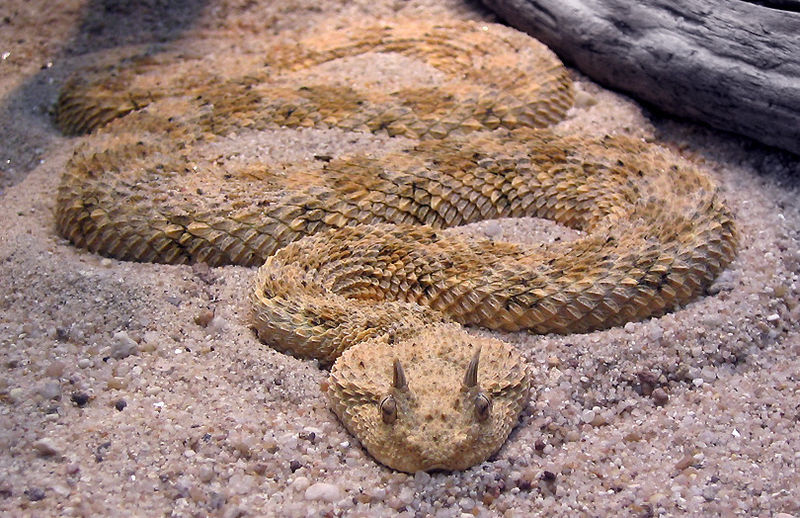
The horn viper is not very aggressive, but she is dangerous to humans becauses she likes to roam their huts and houses in search of mice. She is living in the desert as well as in the Sahel. In the forests of Westafrika you can find various kinds of cobras and vipers. The black-necked spitting cobra is found in the Sahel and also in the savannas. She can grow to a length of 2 meters. She preys on rodents, birds and small rats. She is dangerous for humans too, because she can eject venom from her fangs when threatened. The venom irritates the skin, but if it enters the eyes it can cause permanent blindness.
West Africa's Birds' Paradise
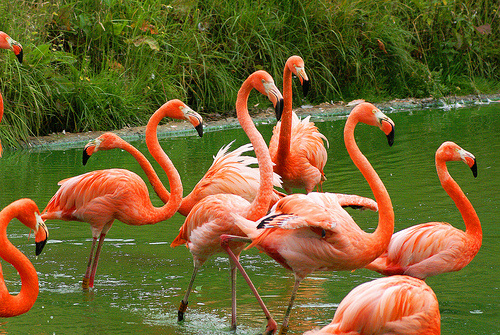
Lake Nakuru in Kenya is well known for the large gatherings of flamingos. The lake's abundance of algae attracts these birds that famously line the shore. In fact, Lake Nakuru is the single most important foraging site for the lesser flamingo anywhere, and a major nesting and breeding ground for great white pelicans. It has been described by ornithologists as the greatest bird spectacle in the world. A special place for birds is the Djoudj National Bird Sanctuary in Senegal, which is a World Heritage Site. In this sanctuary birds from Europa and Africa meet when they take a rest on their migration routes.


